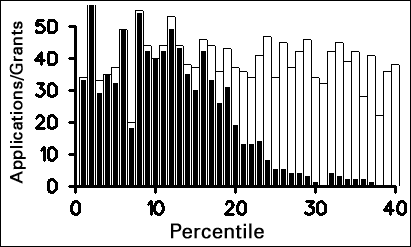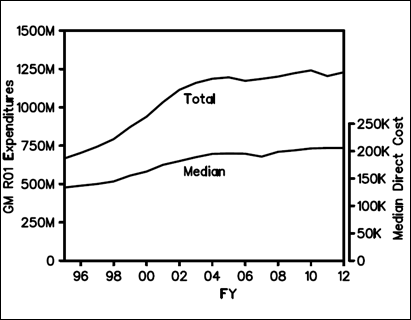The NIGMS Models of Infectious Disease Agent Study (MIDAS) is a collaborative network of about 100 scientists who use computational, statistical and mathematical models to understand infectious disease dynamics.
As we mark the program’s 10th anniversary, we invite you to join us for a symposium titled “Modeling for Science and Policy” on September 23 from 9 a.m. to 4 p.m. EDT at the Lipsett Auditorium on the NIH campus. You can also watch the symposium remotely (live or later) via the NIH Videocast Web site. The program will feature short talks by MIDAS researchers on modeling for scientific understanding, for health policy decision making and for preparedness planning. We’ll post more details about the symposium when they’re available.
We also welcome scientists to apply for grants to become part of the network. We just released funding opportunity announcements for MIDAS centers of excellence (U54), an information technology resource (U24) and research projects (U01).
Since its inception, MIDAS has pioneered the use of computational and mathematical models to prepare for, detect and respond to infectious disease threats. In addition to doing basic quantitative and computational biology, MIDAS works closely with local, state and federal public health agencies to facilitate the use of modeling in decision making.
Here are just a few examples of MIDAS activities:
- Working with the Institute of Medicine and the National Association of County and City Health Officers, MIDAS held a workshop at the 2013 Public Health Preparedness Summit to demonstrate how modeling can be used by local public health officials to inform policy decisions.
- The University of Pittsburgh center has developed a software program called FRED that uses high-performance computing to create virtual outbreaks and deliver the results to a smartphone. The approach could enable public health officials to employ modeling tools even when they aren’t at their computers.
- The Harvard School of Public Health center is developing models for the emergence of drug resistance in influenza, tuberculosis and other diseases to study the implications for clinical decision making.
- The University of Chicago project uses large-scale computational modeling to explore the dynamics of MRSA among incarcerated and other communities on the south side of Chicago.
- The University of Washington project has examined the impact of vaccine policies and usage on halting the spread of cholera in Haiti.
- The Virginia Bioinformatics Institute project is developing a computer activity to teach high school students how epidemiologists study outbreaks and use mathematics and computation to help make public health decisions about vaccine distribution and school closures, for example.
- The MIDAS information technology resource has developed detailed virtual human populations for many countries, including the United States, Mexico, Thailand, China and Argentina. These populations allow investigators to simulate social networks, transmission dynamics and the impact of behavior and policies on disease spread.
The network’s models, software and other resources, including information about historical epidemics, are available through the MIDAS portal. If you’re interested in modeling and/or infectious diseases, I invite you to explore this site, and I welcome your questions.
CORRECTION: The symposium will take place in the Lister Hill Center Auditorium on the NIH campus.







 We were very sad to learn of the death of Adolphus Toliver, Ph.D., on March 26. Dr. Toliver–or Tol, as he preferred to be called–was a staunch supporter of diversity. His vision and dedication to increasing the participation of underrepresented minority students in biomedical research resulted in the development and improvement of many NIH programs.
We were very sad to learn of the death of Adolphus Toliver, Ph.D., on March 26. Dr. Toliver–or Tol, as he preferred to be called–was a staunch supporter of diversity. His vision and dedication to increasing the participation of underrepresented minority students in biomedical research resulted in the development and improvement of many NIH programs.